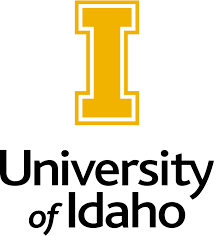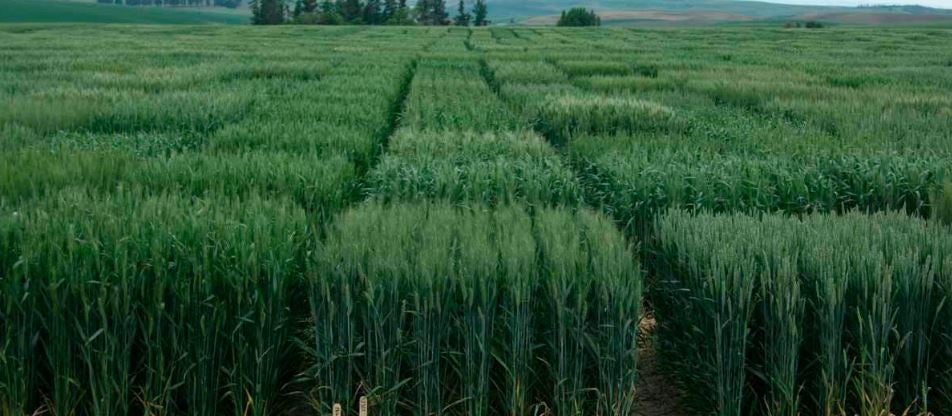University of Idaho College of Agricultural and Life Sciences
Moscow, ID
Founded in 1889
Motto: "A Legacy of Leading"

Rural
setting
11,841
Students
73%
Acceptance Rate
$7,864 / $25,500
Tuition In-state / Out-of-state
Overview
School Website >>The University of Idaho College of Agricultural and Life Sciences addresses the world’s most critical challenges in order to create and sustain an abundant food and energy supply, a healthy environment and successful families and communities.
Food scientists. Veterinarians. Fashion designers. Dietitians. Farm managers. Production managers. Environmental consultants. Researchers. Teachers. These are just a few career options that a CALS degree can lead to. Explore our diverse range of majors and degrees to help solve the world’s most critical challenges.
Agricultural Degrees Offered
- Agribusiness
- Agricultural Education
- Agricultural Sciences
- Agricultural Systems Management
- Animal and Veterinary Sciences
- Biotechnology and Plant Genomics
- Communication and Leadership
- Crop Management
- Crop Science
- Dairy Foods Management
- Entomology
- Environmental Soil Science
- Fermentation Science
- Food and Nutrition
- Food Science
- Horticulture and Urban Agriculture
- Sustainable Food Systems
- Textiles and Design
- Water Science and Management
Admissions
Total Enrollment: 11,841
Male Female Student Ratio: 51%/49%
Acceptance Rate: 73%
Applying
Application Fee: $60
Application Deadline: August 1
Target GPA: 2.5
Target SAT Score: 1200
Target ACT Score: 23
Tuition
In-State: $7,864
Out-of-State: $25,500
Room and Board: $8,670
More Info
Religious Affiliation: non-denominational
Faculty/Student Ratio: 15/1
Park Farm and Kambitsch Farm
Parker Farm is used for research, Extension and teaching activities, and its subject areas include, weed, insect, and plant disease management; crop production, plant breeding, and genetics; woody landscape plants; soil microbiology and ecology; and organic farming. Elsewhere, there's Kambitsch Farm, with 220 acres. Much of it is used for field plot research and 15 acres are used as pasture for livestock. None of the land is irrigated. Seventy acres are dedicated to no-till/minimum-till production and studies.
